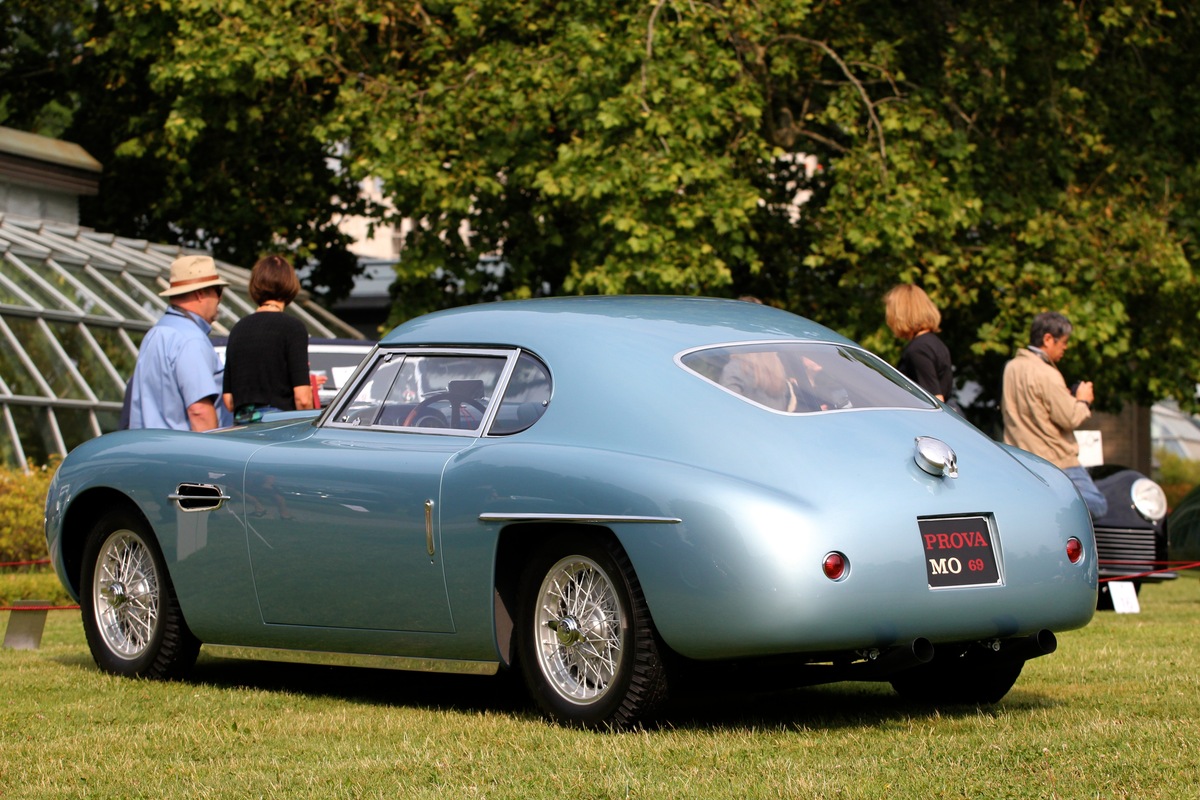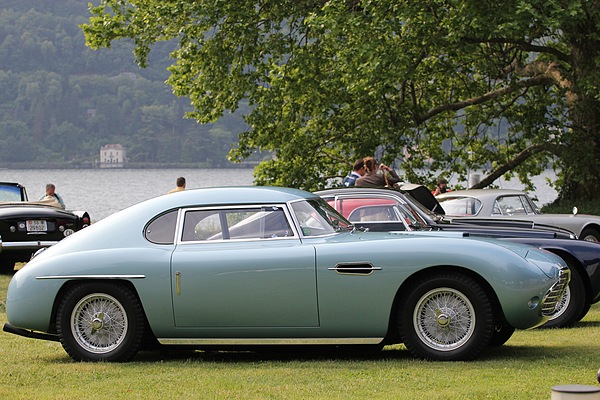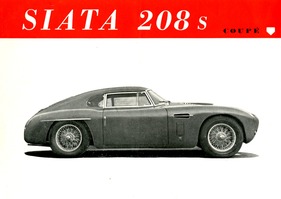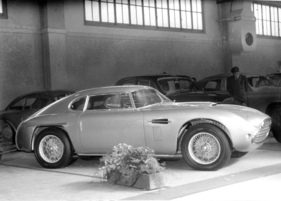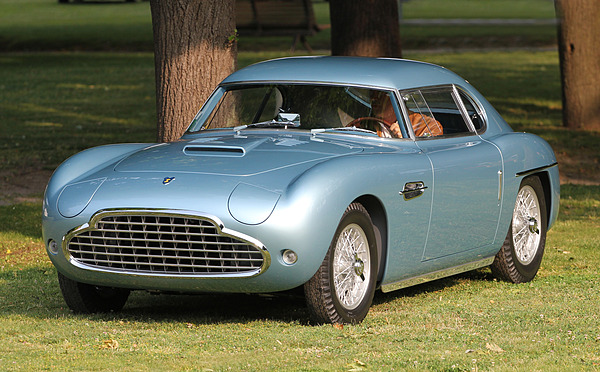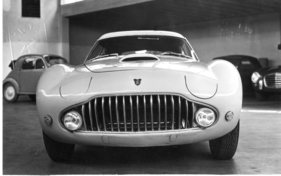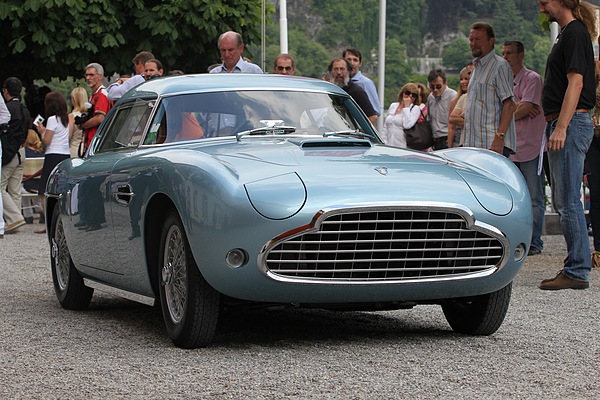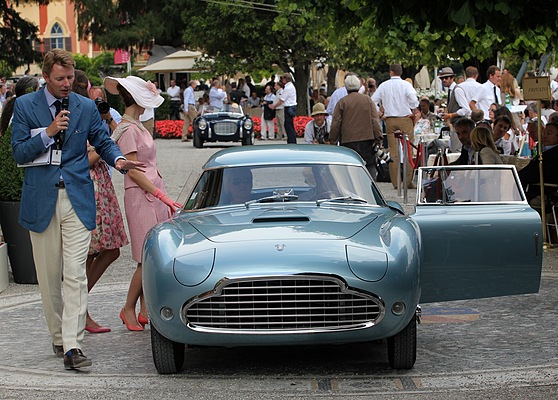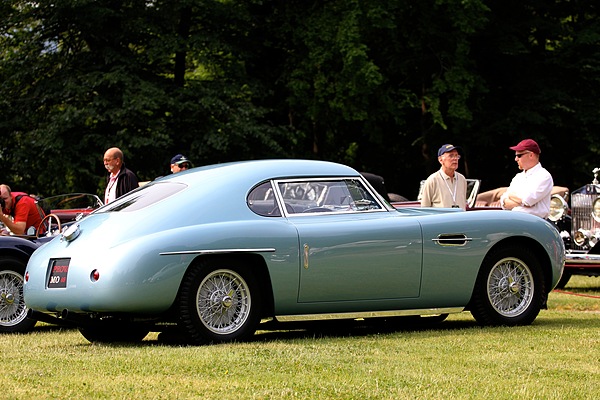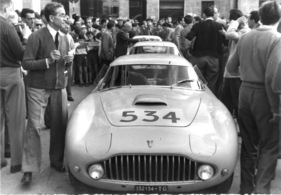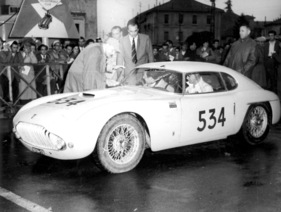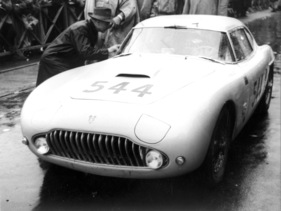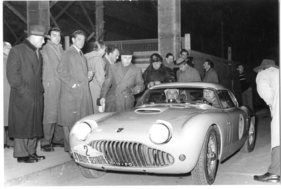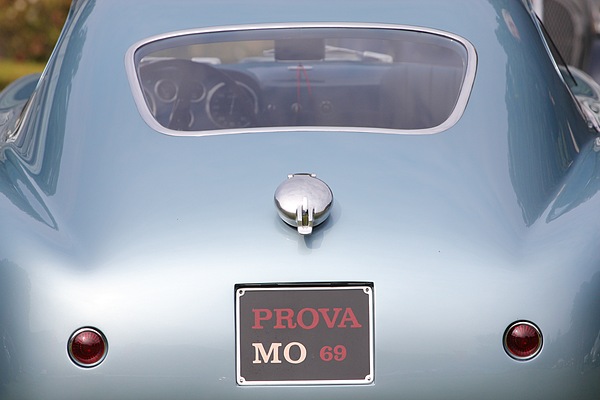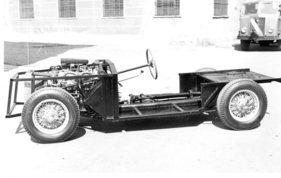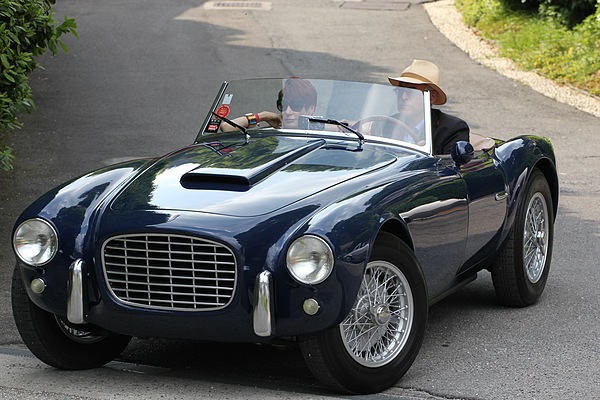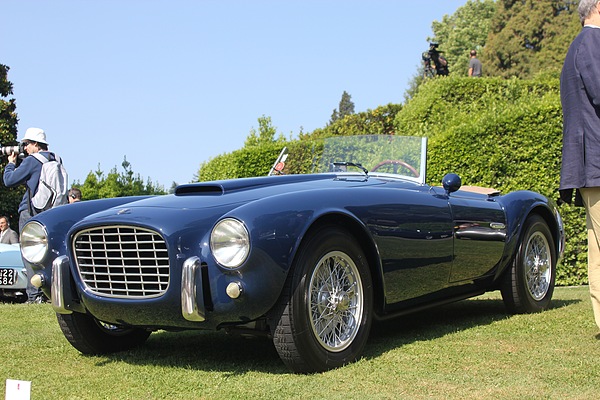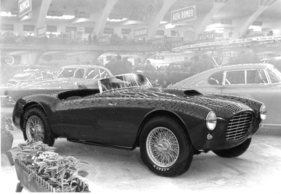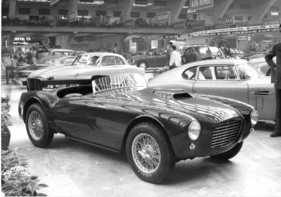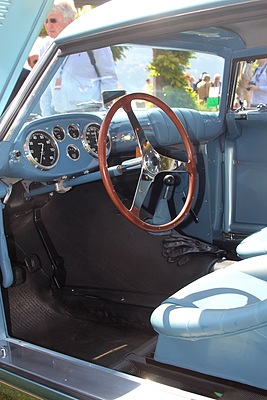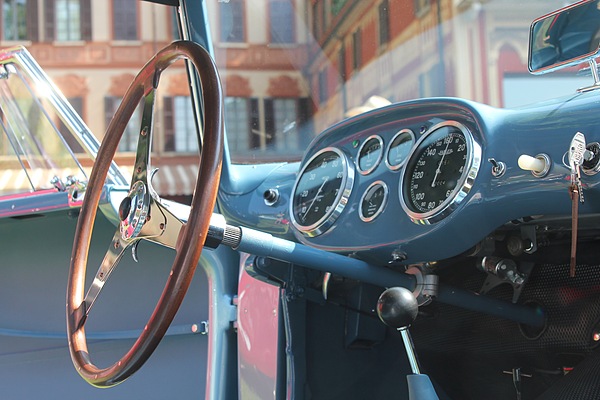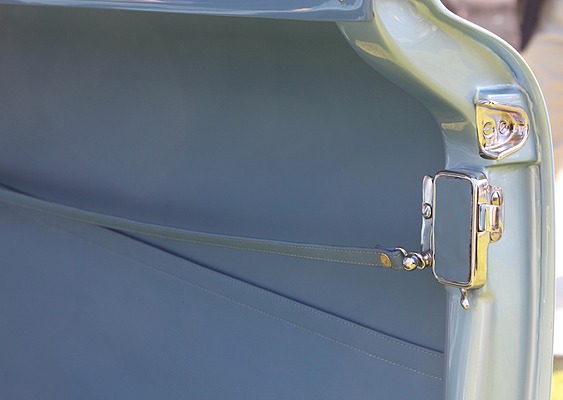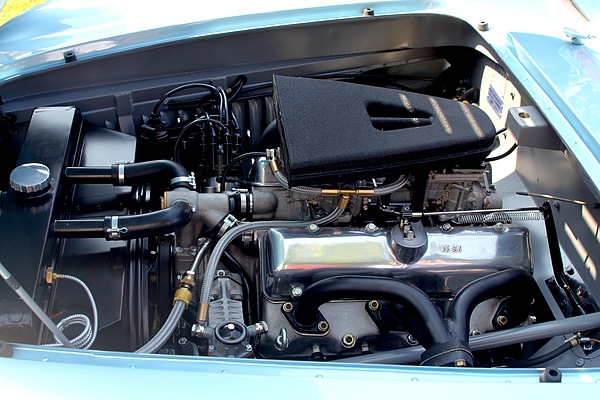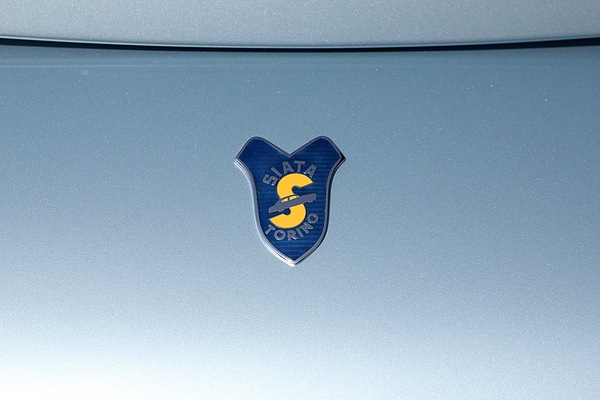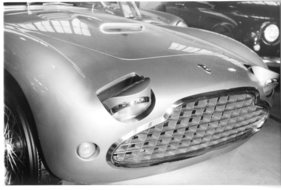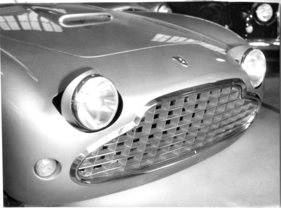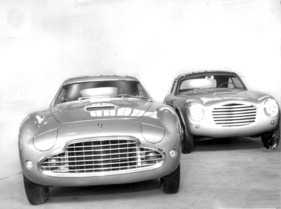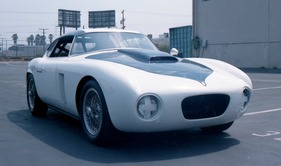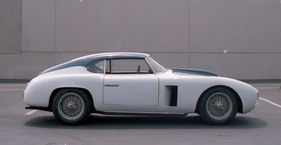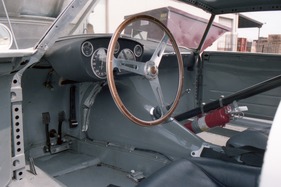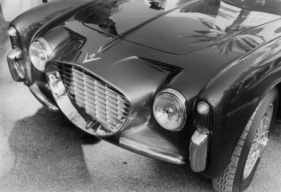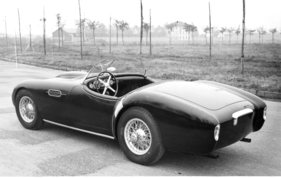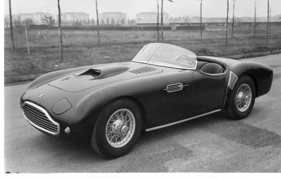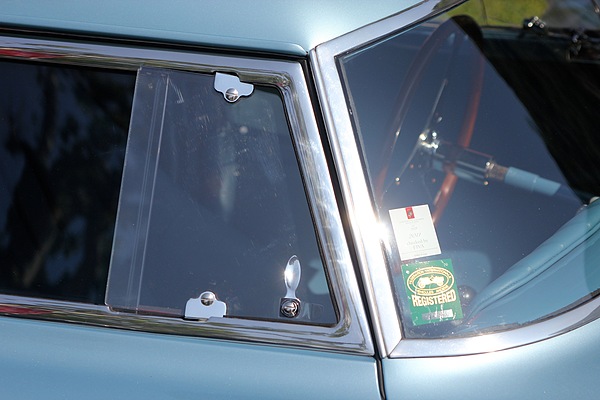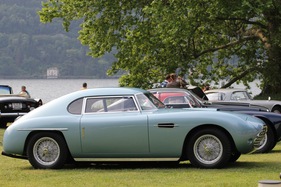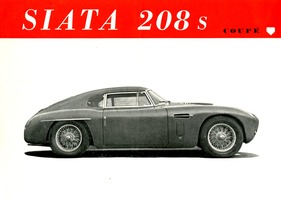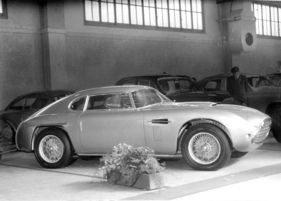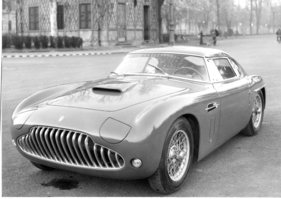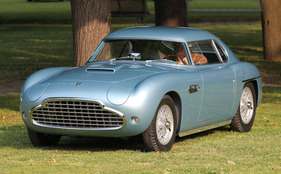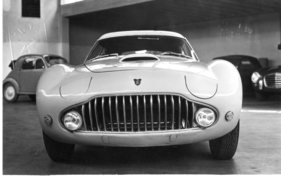Siata 208 CS - beautiful rarity for racing and road use from Italy
Summary
Between 1952 and 1953, Siata built around 24 vehicles on a tubular frame chassis, the Type 208 CS. The majority of these vehicles were clad as coupés and featured a very advanced streamlined design with folding headlights. The engine came from the Fiat 8V (Otto Vu) and had 122 hp in its most powerful form. Siata's successful participation in the 1952 Mille Miglia and its success on the American market seemed to herald a successful future, but Fiat abandoned the eight-cylinder series too early and American interest waned. What remained were beautiful coupés and Spiders, which today fetch high six-figure prices at auctions.
This article contains the following chapters
- Siata, the unknown quantity
- The opportunity with the eight-cylinder
- Advanced and lightweight design
- Many coachbuilders
- Use at the Mille Miglia
- No two are the same
- More comfort for the racing car
- Not fast enough?
- Robust basic nature
- Expensive, expensive at its most expensive
- Complete list of chassis numbers
- Further information
Estimated reading time: 8min
Preview (beginning of the article)
Many small-series sports cars were derived from vehicles that were built in large series or at least adopted the technical components of "large-series products". The Siata 208 CS, however, must be seen as a derivative of the Fiat 8V (Otto Vu) , albeit a distant one, which itself was only produced in 114 units. As far as is known today, the Siata 208 CS was only produced 24 times, truly a rarity. "Societa Italiana Auto Transformazioni Accessori", or Siata for short, was a small but excellent car manufacturer and tuning parts manufacturer founded in Turin in 1926 by Giorgio Ambrosini. From the very beginning, the company optimized Fiat automobiles and offered tuning parts for Fiat models.
Continue reading this article for free?
Photos of this article

